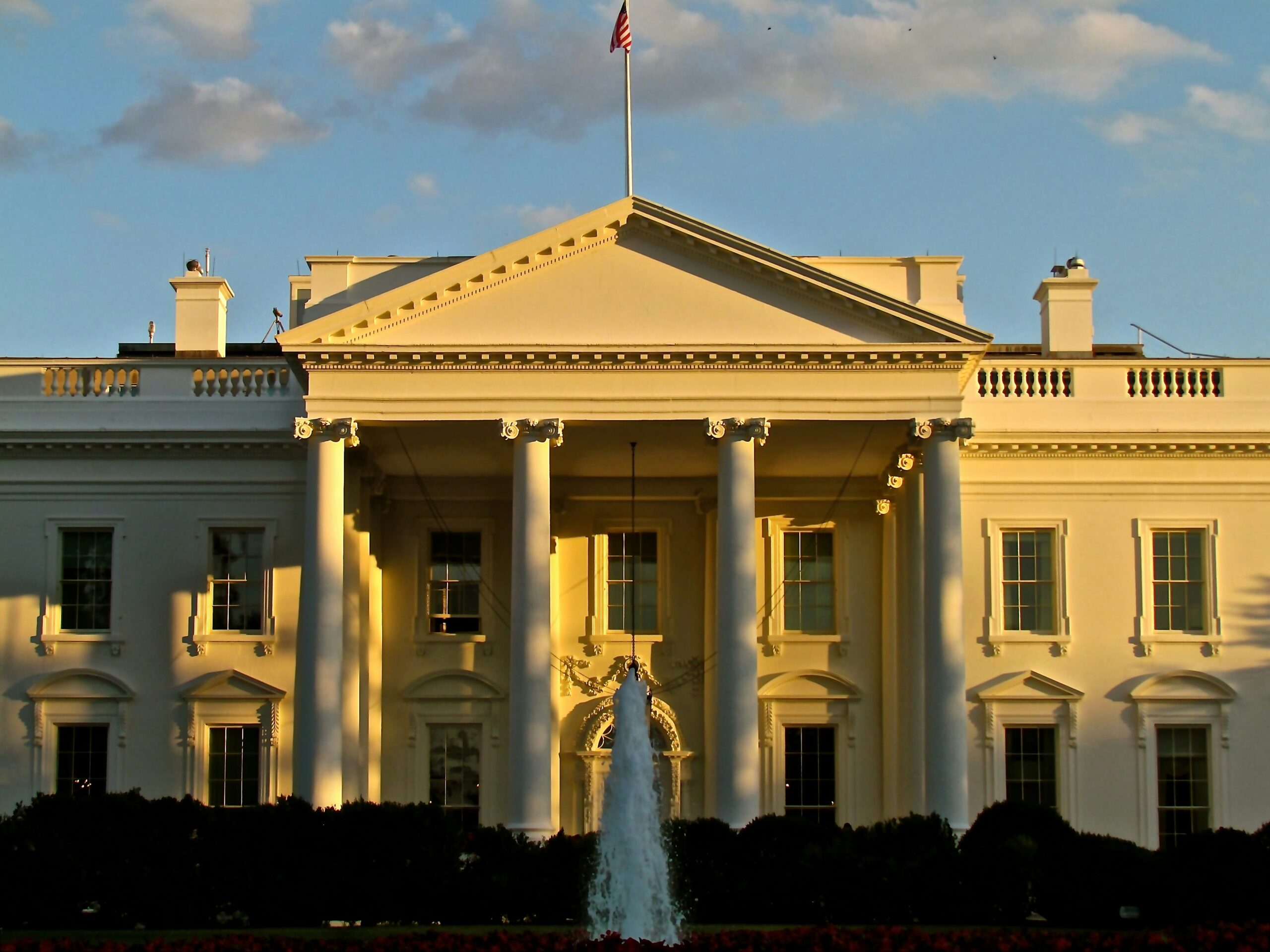
By Sheldon Korlin, JD (bio)
Problem:
Mid-sized manufacturing company has 65 employees. They manufacture metal and plastic casings and assemble the final products after purchasing parts for the machine from other suppliers and raw materials for the casings. Of those 65 employees, 8 earn between the minimum wage of $7.25/hour and $9.75/hour. Assume in 2017, Congress passes a new federal minimum wage increasing the minimum wage by $2.00/hour per year through 2020. The 3 owners of the business comply with the federal minimum wage law and raise the 3 persons earning $7.25/hour to $9.25/hour in the first year the law is effective. They also raise the 5 people earning between $8.75 and $9.75/hour by $1.25 per hour in order to try to keep their wage scale in balance. Not including the overburden (social security tax, Medicare taxes, benefits, state and federal unemployment taxes), this increases their labor costs by nearly $25,000 for the year. They absorb this increase in their current pricing, which cuts into their net profitability.
The second year of implementation of the new minimum wage, the federal minimum wage is to go to $11.25/hour. This means that 4 employees now need raises to comply. Three go to $11.25/hour. A fourth, who was raised to $10/Hour the prior year now needs a raise to comply with the Federal minimum wage and a fifth who was then earning $10.50/hour also needs raised They both want more than the minimum raise to bring them to $11.25/hour because their responsibilities are greater than the persons now earning $11.25/hour under the new minimum wage law. At the same time, the Company is seeing the prices of their materials increase by anywhere from 15% to 40%. In order to save costs, the owners decide to lay off one of the persons who wanted more than $1.25/hour raise. They decide to spread their responsibilities across the other 4 remaining persons who performed similar or parallel functions.
However, those 4 people, who from the prior year’s increase were then earning between $10.50/hour and $11 now also want raises beyond what is required to bring them within the federal minimum wage guidelines. The Company decides to raise them $2.00/hour as well. That means a base increase in labor costs of more than $28,500, but with an overburden of 24.5%, this means a total cost increase to the company of more than $35,500 for the year.
This has come at the expense of their other workers not receiving increases. These other 54 workers who earned between $15/hour and $29.50/hour in 2016 have seen their real incomes shrink as the cost of everything has increased since the minimum wage law went into effect. They want raises ranging from between $4/hour to $6.75/hour depending on their own job classification and responsibilities. As a result, they decide the business must lay off at least 5 more workers in different job classifications in order to keep the Company operating and profitable. They see their net profits shrink from higher labor costs, higher raw material costs and decreased sales due to their need to recoup some of their own increased costs through price increases. This is all before reaching the 3rd year of implementation.
Lessons Learned:
The result that the Company is experiencing is likely the result that many businesses will experience as a direct and indirect result of raising the federal minimum wage. While many, even most, can agree that $7.25/hour is a wage that no one can live off of or support a family from, the size of the increase and how it is implemented could lead to unintended consequences of how companies maintain their wage and compensation structures, cause lay-offs, inflation and raw material price increases. A longer phase in period may be required to allow businesses and the economy to adjust to the wage and product inflation that could be the unintended result of such a widespread increase in wage incomes. In a worst case scenario, it could touch off an economic recession. Any minimum wage increase should be considered in the context of its impact on the economy, its impact on small and medium size businesses and what exceptions might be built into the change to accommodate such businesses



